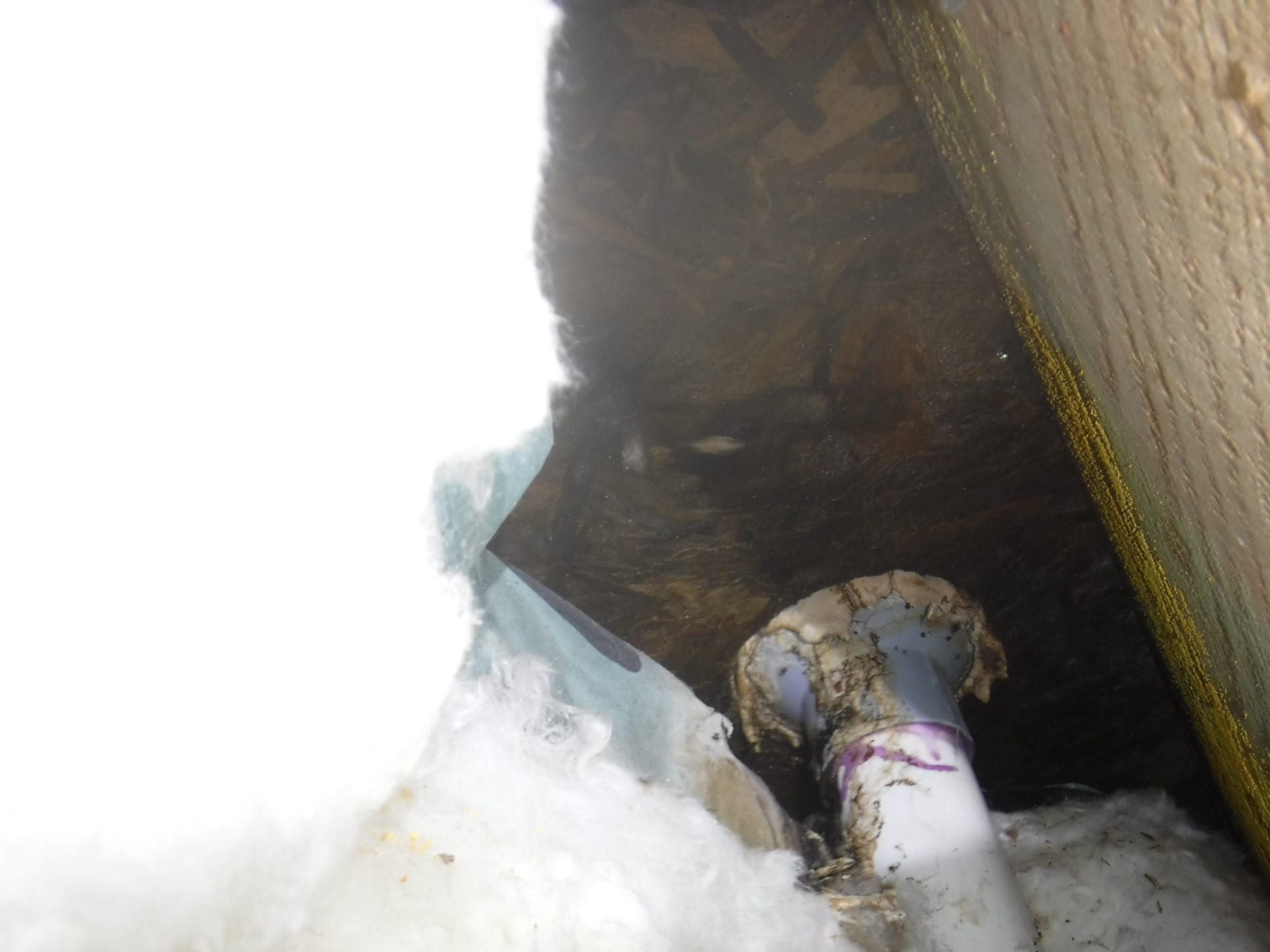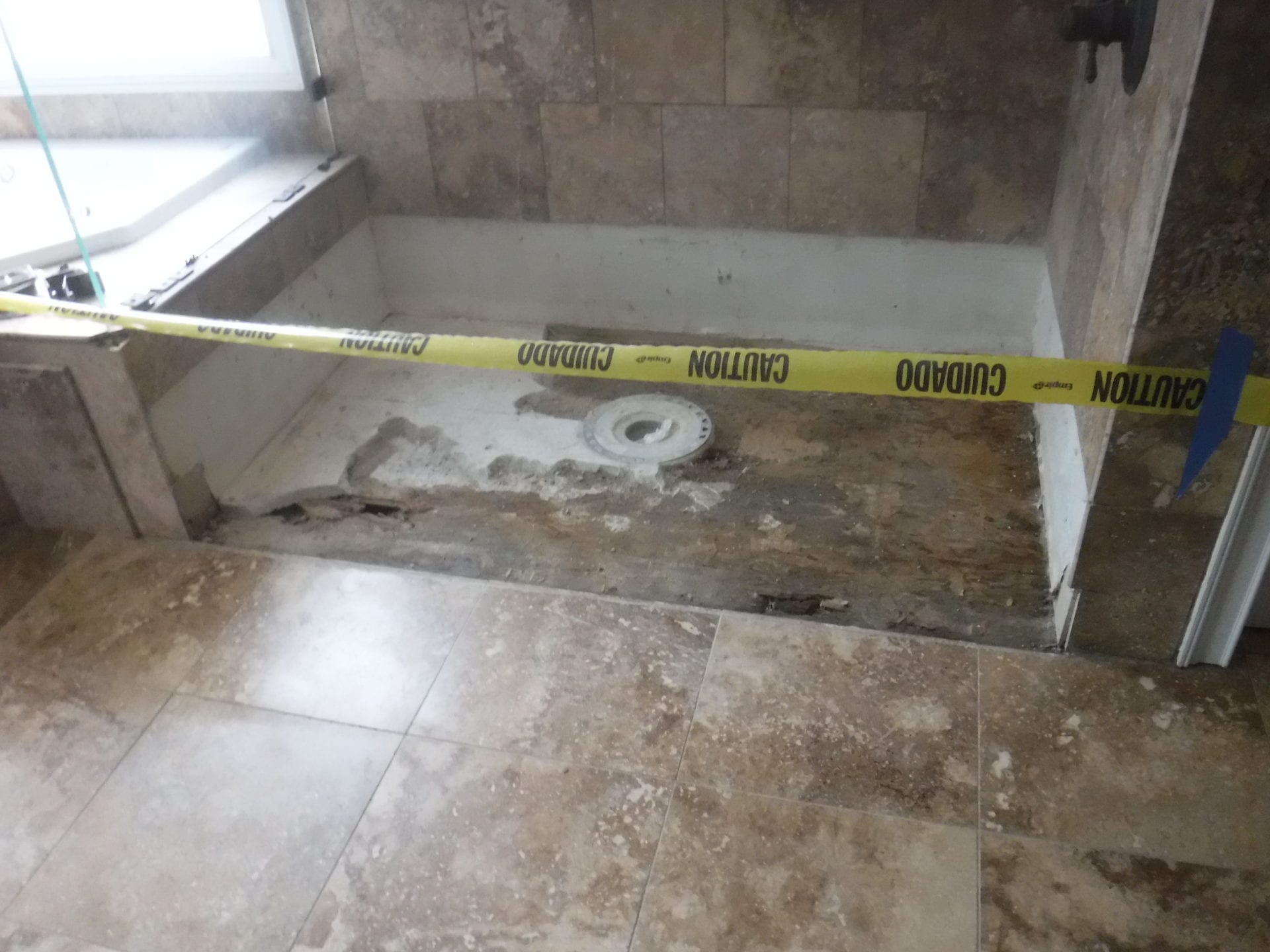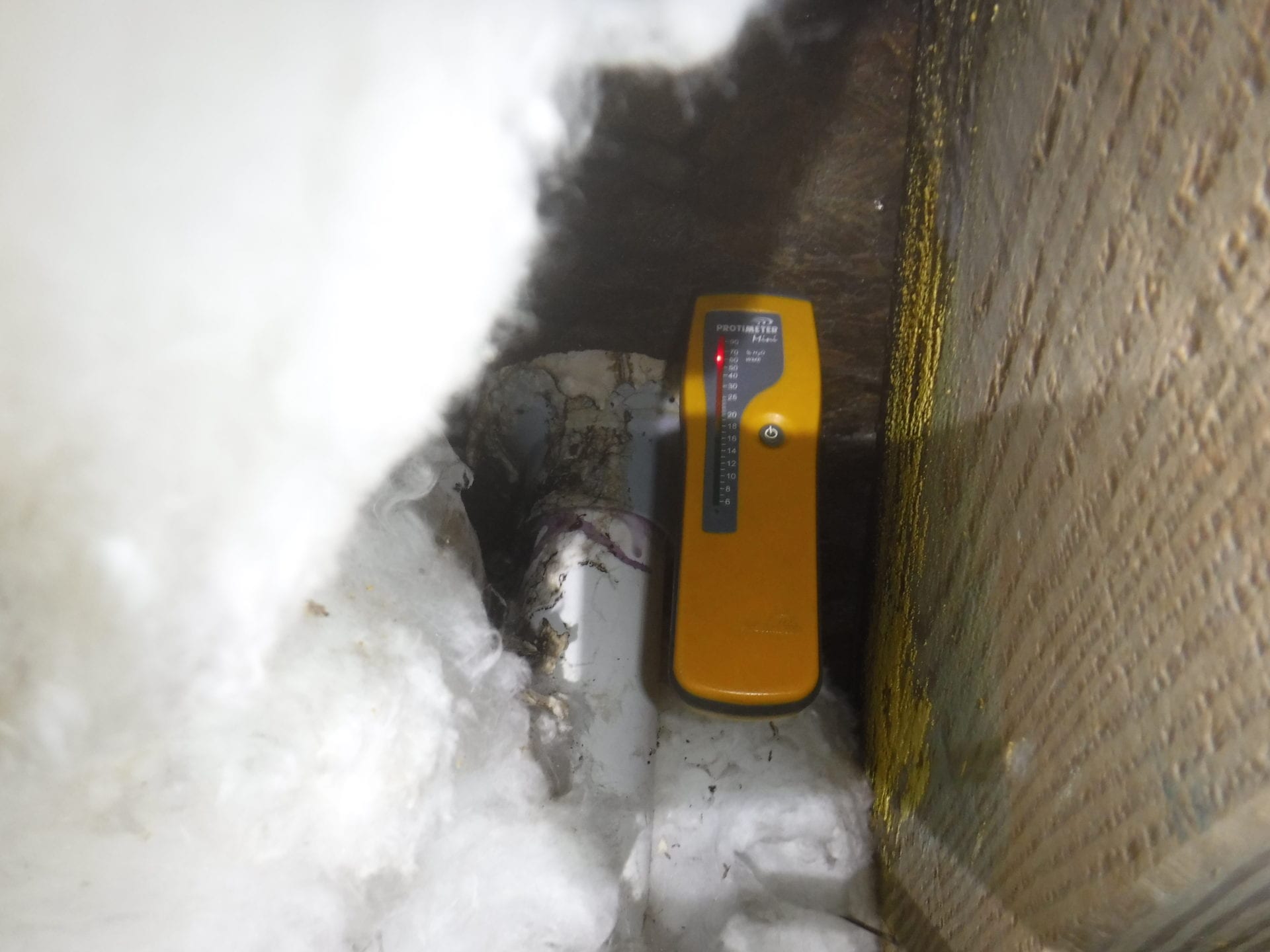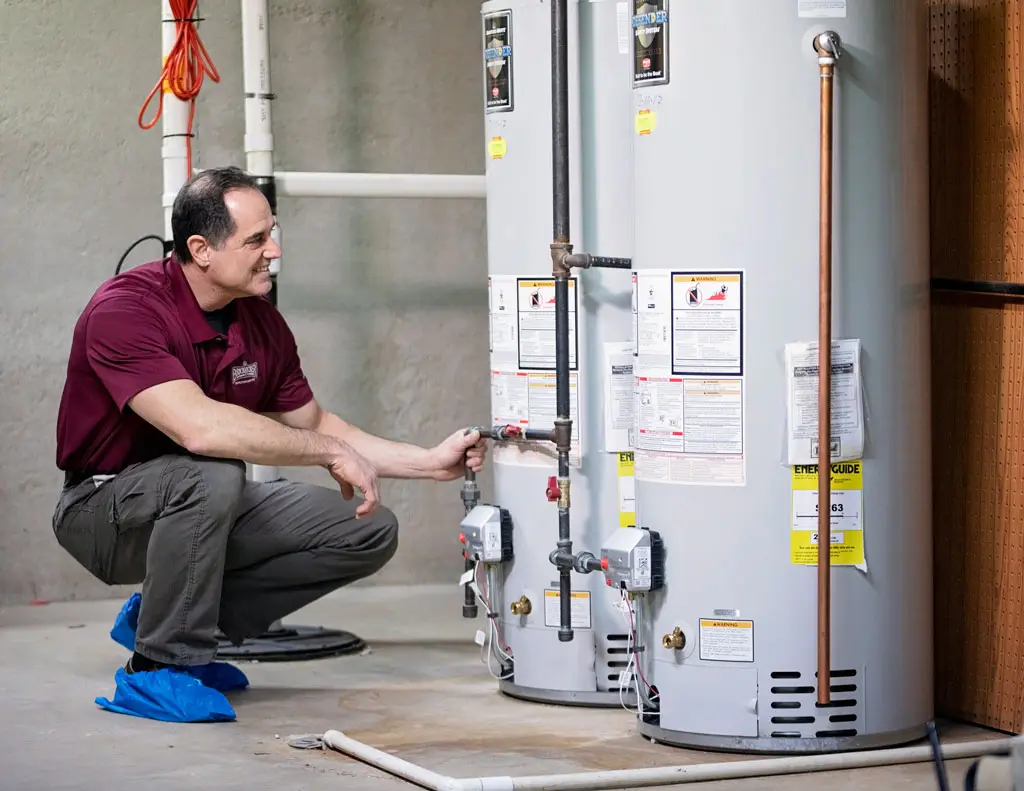Inspecting a Tile Shower
A shower pan failure can be one of the most expensive repairs to a home. Correction requires demolishing the shower floor and, likely, the entire surround. Sometimes a shower pan leak will go undetected for years. This can cause extensive damage and extend beyond the shower floor. (You may be facing a full bathroom remodel.) If there is living space below the shower, there may be staining on the ceilings or mold and rot in a wall cavity. No matter how you look at it, a shower pan failure is going to be an expensive repair. The question is whether it will cost hundreds of dollars or thousands.
So you are buying a home with a tiled shower? What is your inspector looking for? Remember that a home inspection is a visual inspection of readily accessible components. The inspector will not (can not) cut holes in walls or ceilings to look for a small but destructive leak. When an invasive inspection is not possible, what tools does the inspector have? When and how can your inspector go beyond their standard of practice? This could be the most expensive repair a new homeowner is faced with and the average home inspector is not going to be equipped to find it.

There are three things an inspector will need to find the leak. First, they must be willing to take some extra time and go beyond their Standards of Practice. To find a leak, they must first stop the drain and fill the pan with water. (This test is excluded from the SOP and there is an alibi for missing anything that wasn’t obvious or easy to find.) If the shower is over a crawlspace and there is insulation between the floor joists, the home inspector must move the insulation to see any staining from a failed shower pan. Why wouldn’t they? They aren’t required to. They may not have appropriate PPE to do it safely. (Are they wearing gloves, goggles, and a respirator? They should be.) Maybe they can’t get to the area below the shower. If they cannot, does their report say so? (It should.) 
The second thing they will need is an infrared camera. An IR camera will not determine if an area is wet, but it can draw attention to a wet area for further evaluation. Most home inspectors do not have IR cameras and many charge extra for pulling them out. Using IR thermography is critical in finding a shower pan failure if there is living space below it. We scan the walls and floors in adjacent rooms to look for potentially wet areas. We also scan finished walls and ceilings below a tiled shower.
The third thing the inspector will need is a moisture meter. As I stated before, an IR camera will not definitively tell you something is wet, the next step is to test the area to determine if it is actually wet. Water staining is the obvious indicator that there was a leak but staining doesn’t always happen right away, it may not happen at all, and it may show up somewhere else. Most inspectors have a moisture meter but they need a reason to suspect something is wet before using it.
At The BrickKicker, we take extra time and use the proper tools when inspecting tiled showers. It is impossible to find every deficiency in a home. Our methods are not guaranteed to find every shower pan leak, every time, but we know that the minimum standards, the industry standards, are going to miss them most of the time. If you are purchasing a home with a tiled shower, make sure you call The BrickKicker for your home inspection.
